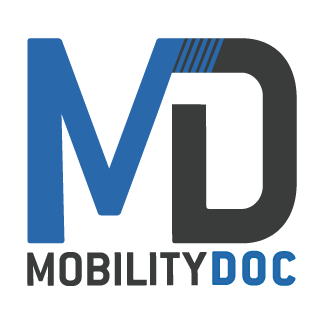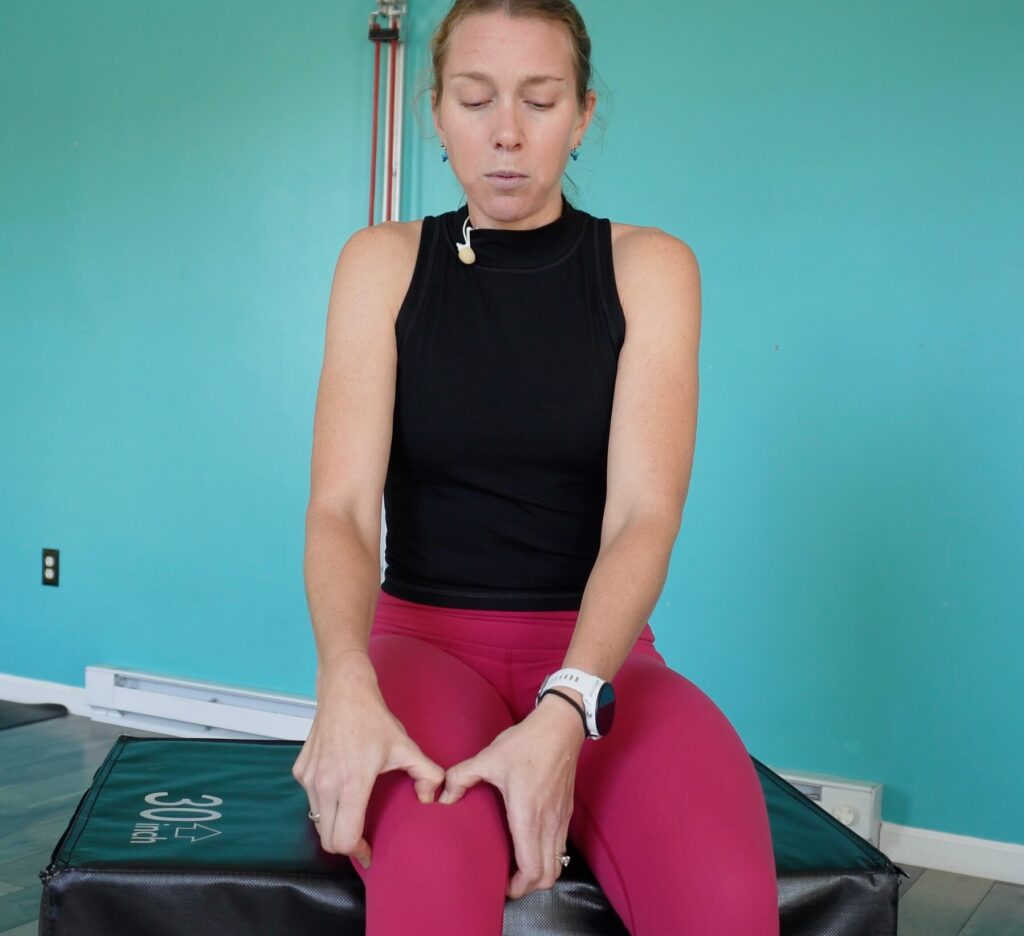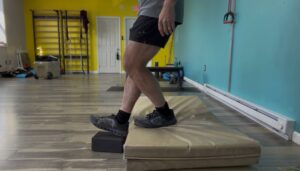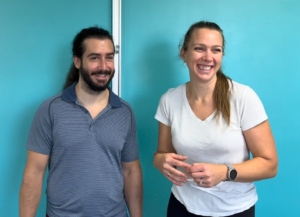Do you feel really stiff when you’re moving and regular stretching isn’t hacking it? It might be due to scar tissue. When your muscles or fascia get stuck, it’s like your muscles and connective tissue stick together instead of gliding. The pin and stretch technique is one of the best ways to dynamically free things up. The best part, you don’t need any tools, just your hands.
What It Does
This technique helps break up scar tissue and adhesions that form after injury, surgery, or repetitive stress. By freeing up those sticky layers, your muscles can move the way they’re meant to—smooth and pain-free.
Why The Pin And Stretch Technique is Different
Unlike other treatments that rely on static pressure or stretching, the pin and stretch technique adds movement. One hand pins down the tight spot while the muscle moves through its full range, or as much range as possible. That combination of tension (the pin) and motion (the stretch) helps remodel tissue and restore mobility faster. It’s a more active, dynamic approach—exactly what most stiff muscles and connective tissue need.
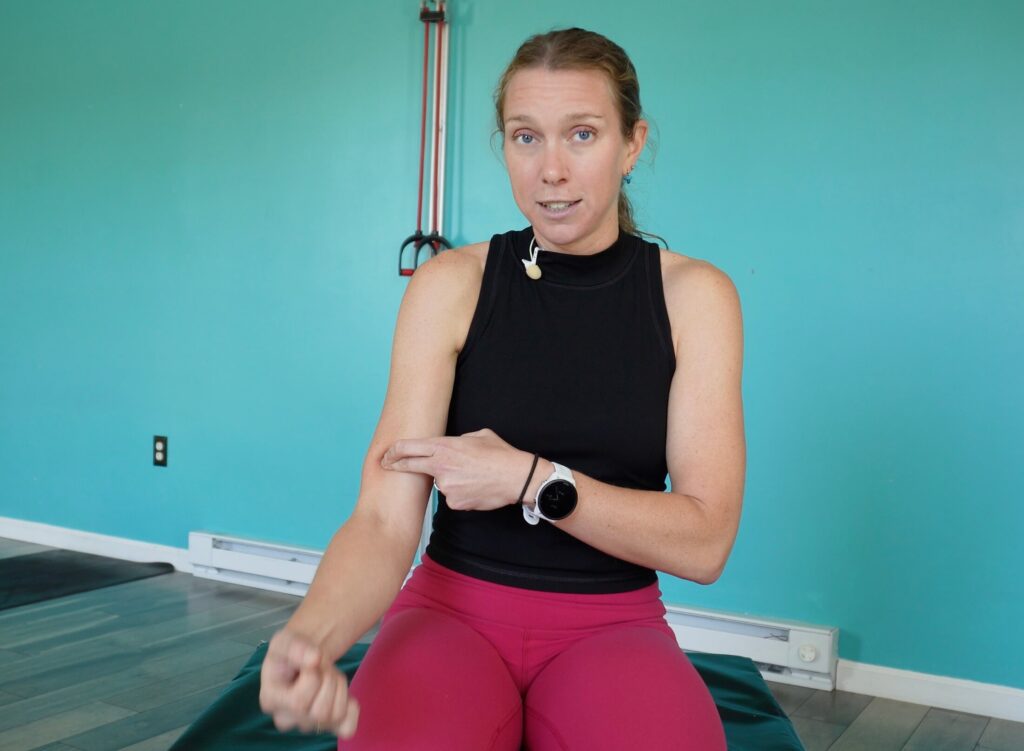
How to Do It
- Find the tight or tender spot in your muscle.
- Apply firm pressure with your fingertips (we like to use our thumbs or fore fingers depending on the place).
- While maintaining that deeper pressure, slowly move the muscle through its full range of motion.
- Repeat 10X times, adjusting the pressure and movement as needed.
Make sure you check out the video below where we show exactly how to do this. There are a few variations on how to do it, especially around the knee, where this technique really shines!
How To Pin and Stretch Video
Why It’s Great for Knee Recovery
After surgery or with issues like patellar tendon pain, the fascia around the knee often gets stuck. The pin and stretch technique helps release that restriction and improve how the knee moves.
Pro Tip: Try pin and stretch around your quad and patellar tendon before you squat or after a long day of standing. You’ll feel the difference in how easily your knee bends and tracks.
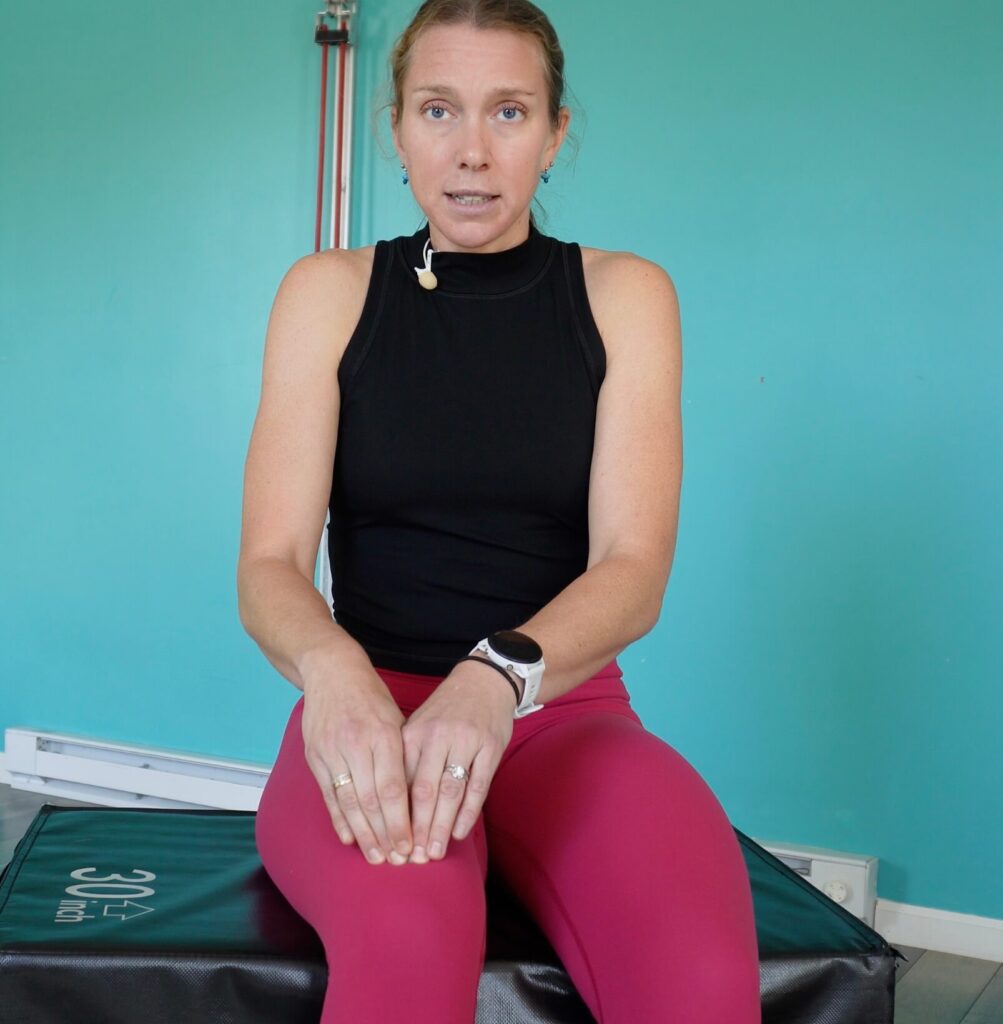
Common Mistakes
1 – Not using enough pressure – staying too superficial on the skin means you’re not getting to the muscles and connective tissue. This will result in little to no change at all! Many people will suggest this technique doesn’t work, but it’s because they’re not getting deep enough.
2 – Misunderstanding Biomechanics – When doing this technique it’s important to know where and how your muscle fibers run. It’s key to move in the same direction of your muscle fibers. It’s also important to know if the muscle crosses more than one joint. For example, the bicep goes over both the shoulder and elbow. In this case you would want to do 2 exercises! One close to the elbow where the elbow moves, and one closer to the shoulder where you’re moving your shoulder.
3 – Inconsistency – You want to do this technique 5X per week, if not every day! It takes 4-6 weeks to see any real change within the muscle fibers so stay consistent!
Many people will start seeing results sooner than the 4-6 week mark. It’s really common to start seeing relief earlier which is amazing! The downfall is that people often stop doing the exercise too soon which results in the issues coming back. Stick it out for that 6 week mark even if you’re experiencing some relief! You’ll be happy you did.
Pin and stretch technique is quick, easy, and great to do at home. It’s always best to talk to a healthcare professional before starting anything new so be sure to ask your doctor if this is right for you! When done properly it can give you great results. Let us know if you have any questions by commenting on our YouTube How To video above or by using the contact us page!
Was This Helpful?
We hope you found some value in this week’s blog. If you did and want to get tips like these delivered to your inbox every Friday make sure you sign up for our newsletter! No spamming… ever. Just friendly mobility tips to help you be the best version of you!
More Ways To Break Up Scar Tissue
We’ve been talking a lot about scar tissue lately… and for good reason. Everybody has it or has dealt with it at some point in their lives!
Check out these other ways to break up scar tissue.
